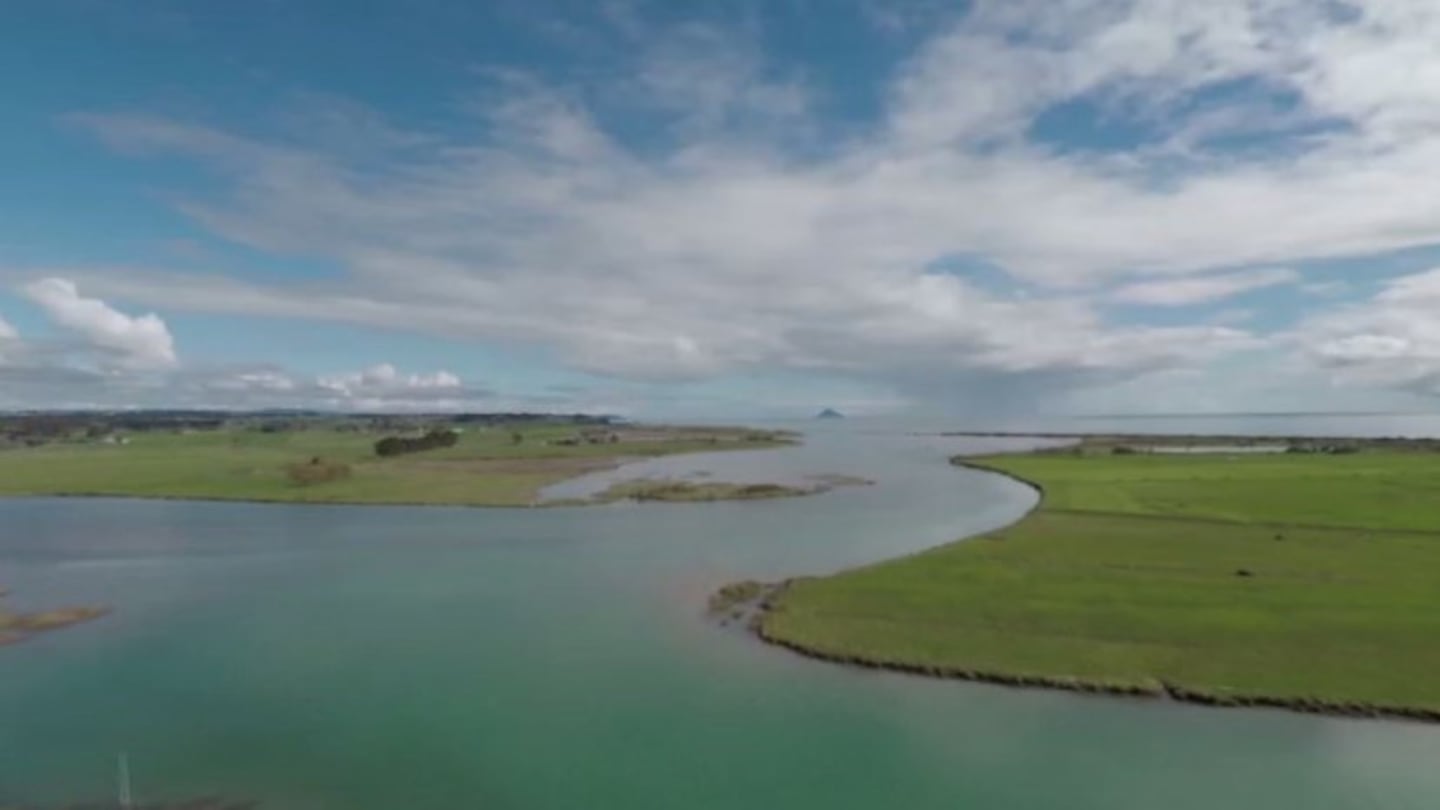Photo / File
Māori rights and interest in the foreshore and seabed have been recognised in a Wellington High Court judgment in the Whakatōhea case issued on Friday.
"Hapū marine and coastal area applicants are ecstatic at the judgment in relation to their seeking a customary marine title over the Takutai Moana boundary in Opotiki," said Te Ringahuia Hata, who gave evidence for both Ngāti Ira and Ngāti Patumoana.
Ngāti Ira, along with 12 other applicants, lodged their application in April 2017 for the case which was held before Justice Peter Churchman.
“We are absolutely stoked,” Hata said. “Each of our Marine and Coastal Area (Takutau Moana) Act teams have been working tirelessly since 2017 to gather all our traditional evidence, commission technical researchers, draft so many affidavits and then attend the 10-week court case every day and it has all paid off.
“All our hapū have satisfied the relevant statutory tests for customary marine title under the act,” Hata said in a statement.
Māori Party co-leader Debbie Ngarewa-Packer said the party applauded the decision.
Precedent-setting
“We applaud the Whakatōhea case that has now set a precedent for Māori rights and interest in their foreshore and seabed. It’s an outstanding decision because the court recognises all reclaimed lands with significant and boating traffic," Ngarewa-Packer said in a statement.
“This is a significant decision, particularly for iwi who have suffered significant loss from muru whenua.
“The court has found that territorial local authorities providing resource consents to people to use foreshore and seabed doesn’t extinguish Māori ownership and rights to the same foreshore and seabed subject of that resource consent,” she said.
The party's other co-leader Rawiri Waititi added that, “All land upon which there is significant traffic by way of fishing and or boating has been found also to be within Māori rights to ownership.”
Many more to come
It is among the first of a set of cases, estimated to take the next 20 to 30 cases to be heard.
The foreshore and seabed issues have been contentious since 2003 and sparked Tariana Turia quitting the Labour Party and forming the Māori Party, a two-month hikoi attended by thousands, and a Waitangi Tribunal claim that found the government had made serious breaches of the Treaty.
In 2003 a Court of Appeal decision (Ngāti Apa and others v Attorney-General) found Māori customary rights to the foreshore and seabed had not been extinguished by statute.
The “foreshore and seabed”, also known as the “marine and coastal area”, extends from the coastal area between the high-tide mark to the seabed up to 12 nautical miles out.
“Customary rights” mean the holder does not need resource consent to carry out activities they have been doing from 1840. They also mean resource consents cannot be granted for activities that would adversely affect those rights. They do not bestow title or ownership.
As soon as the court made its decision, the then Labour government quickly passed the Foreshore and Seabed Act 2004 to counter the judgment.
That led to the Maori Party formation and in 2008 National formed a minority government with its support. Two years later, the Foreshore and Seabed Act was repealed to be replaced by the Marine and Coastal Area (Takutai Moana) Act 2011
Some overlap
The new act meant no one would “own” the foreshore and seabed but Māori could pursue their claims to “Protected Customary Rights” and “Customary Marine Title”.
Applications for recognition of Protected Customary Rights, or Customary Marine Title, are made by negotiating with the Crown or by applying to the High Court for a recognition order.
The act required any applications to be lodged by April 3, 2017.
There have been 589 applications filed; 387 directly to the Crown (of which 175 were also made to the High Court), and 202 directly to the High Court.
The applications range from two that cover the entire coastline, to one for a rocky anchorage off an island near Stewart Island/Rakiura. Several overlap.
More than a third of the applications are for the Northland Coast.


